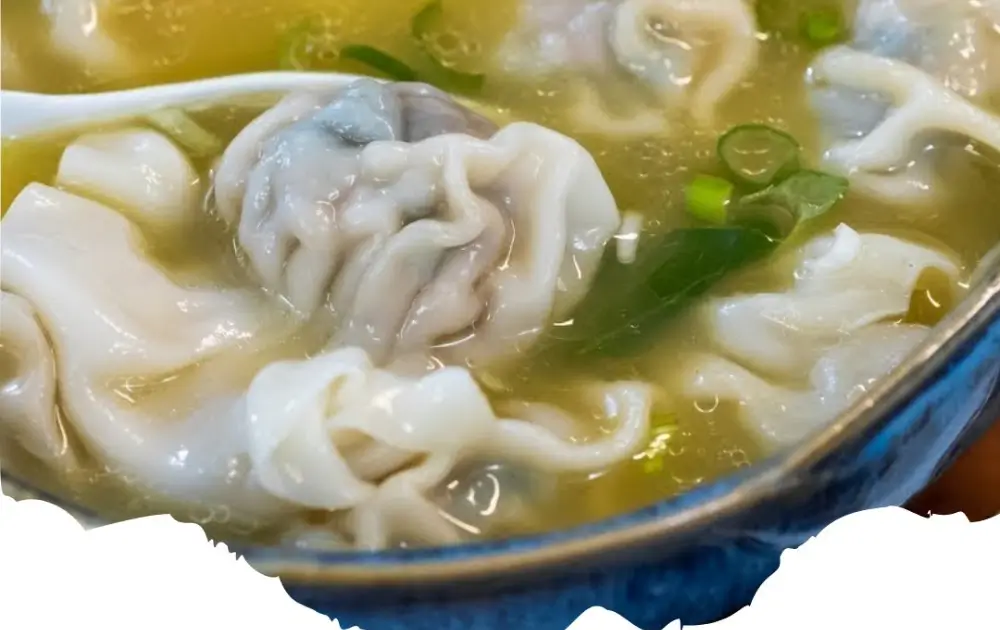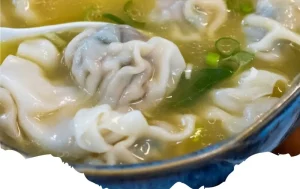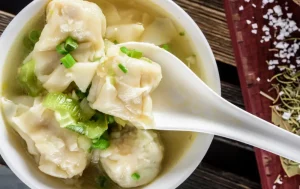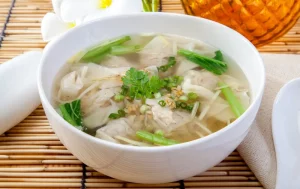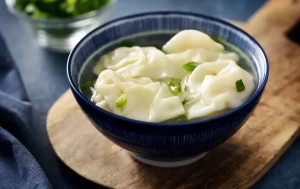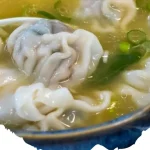
Wonton Soup
- Total Time: 50 minutes
- Yield: 4 servings 1x
- Diet: Vegetarian
Description
Wonton Soup is a classic Chinese dish featuring delicate wontons filled with a flavorful mixture of meat and spices, served in a clear, aromatic broth. It’s cherished for its comforting warmth and delightful combination of textures and flavors.
Ingredients
20 wonton wrappers
200g ground pork
1 tablespoon soy sauce
1 teaspoon sesame oil
1/4 cup finely chopped green onions
2 cloves garlic, minced
1 teaspoon grated ginger
6 cups chicken broth
2 cups bok choy, chopped
Salt and pepper to taste
Instructions
In a bowl, mix ground pork, soy sauce, sesame oil, green onions, garlic, and ginger. Season with salt and pepper to taste.
Place a teaspoon of the pork mixture in the center of each wonton wrapper. Moisten the edges with water and fold the wrapper over the filling to form a triangle. Press edges to seal, then bring the two opposite corners together and press again.
In a large pot, bring chicken broth to a boil. Add bok choy and cook for 2 minutes.
Gently drop wontons into the boiling broth and cook for about 5 minutes, or until they float to the surface and the filling is cooked through.
Serve hot, garnished with additional green onions if desired.
Notes
- For a vegetarian version, substitute the pork and shrimp with minced tofu and mushrooms, and use vegetable broth.
- Wontons can be made in advance and frozen for later use.
- Prep Time: 30 minutes
- Cook Time: 20 minutes
- Category: Soup
- Method: Boiling
- Cuisine: Chinese
Nutrition
- Calories: 300
- Sugar: 2g
- Fat: 12g
- Carbohydrates: 25g
- Fiber: 1g
- Protein: 20g

